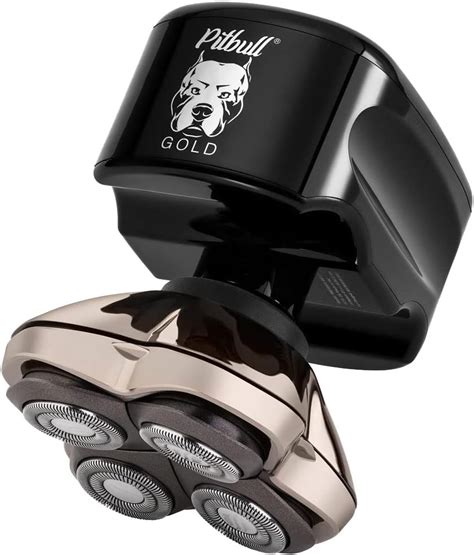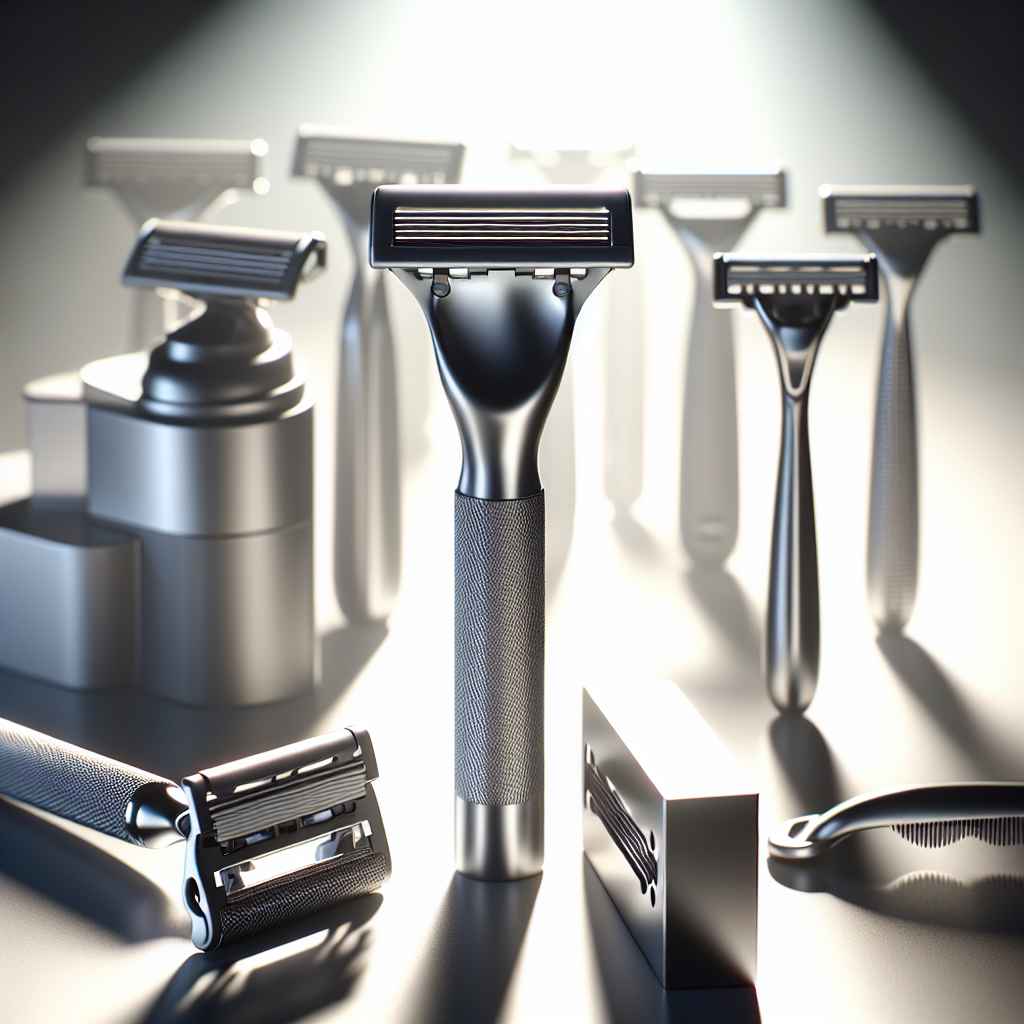
Did you know that owning a pitbull requires more than just providing food, shelter, and love? Ensuring proper grooming is essential for their overall health and well-being. In this comprehensive guide about pitbull shavers, we will debunk some common misconceptions about pitbull grooming and provide you with all the information you need for a well-groomed, happy, and healthy canine companion.
1. Pitbull Shavers: An Introduction
Pitbull shavers play a significant role in achieving and maintaining your dog’s well-groomed appearance. Along with enhancing their aesthetic appeal, regular grooming sessions using a pitbull shaver can help strengthen the bond between you and your dog and prevent potential health issues. Contrary to popular belief, pitbulls do require regular grooming despite their short coat. Maintaining a healthy coat and skin is critical to your pitbull’s overall health and can help prevent allergies and skin infections.
Many people believe that pitbulls do not require grooming due to the short, low-maintenance nature of their coat. However, this misconception can lead to potential health concerns and an unkempt appearance. Pitbulls, like any other breed of dog, can benefit greatly from regular grooming sessions using specialized grooming tools designed for their unique coat type.
2. Pitbull Shaver: Finding the Perfect Grooming Tool
When selecting a pitbull shaver, you should consider a few features. Firstly, the shaver should be equipped with sharp, high-quality blades that will glide through your dog’s coat, providing an even and smooth cut. Secondly, the shaver must be comfortable for both you and your dog, so consider the grip, weight, and ergonomic design of the grooming tool. Additionally, you may want to look for a shaver that is cordless and waterproof, making it more convenient and easy to clean.
There are various types of shavers available on the market, each designed for specific grooming requirements. Two main categories include electric and manual pitbull shavers. Electric shavers offer convenience and efficiency, whereas manual shavers provide control and precision. It’s crucial to consider your individual grooming needs and preferences before purchasing a shaver. One potential hazard when using a pitbull shaver is cutting the dog’s skin. To prevent this, always ensure that the shaver blades are sharp and well maintained, and apply gentle pressure while grooming.
3. Pitbull Shavers: Proper Grooming Technique
Using a pitbull shaver correctly involves several steps. Begin by brushing your dog’s coat to remove any loose hair, tangles, and debris. This will provide a smooth surface for the shaver to glide through. With your dog standing or lying down, turn the shaver on and hold it flat against your dog’s body. Gently guide the shaver in the direction of hair growth using minimal pressure. Work section by section, continually checking if the desired hair length is achieved. Clean the shaver regularly during the grooming session to prevent the blades from becoming clogged.
Proper preparation of your dog’s skin before grooming is crucial for a smooth and safe process. Ensure that your dog’s skin is clean and dry before using the pitbull shaver. Regular bathing and deshedding helps to keep their coats free from loose hairs and matting. Proper nutrition and regular exercise also contribute to the overall health of your dog’s coat.
4. Pitbull Head Shaver: Grooming Your Dog’s Face and Ears
Grooming the head, face, and ears of your pitbull requires particular attention and care. Use a small, narrow shaver attachment or specialized pitbull head shaver, to groom your dog’s face with precision. Begin by gently shaving around the eyes, ensuring that you are cautious not to cause injury. Be mindful when shaving around the nose and mouth area, paying extra attention to avoid any accidents.
Grooming your pitbull’s ears can help prevent ear infections and maintain cleanliness. Carefully use the shaver around the base of the ear, trimming hair that might impede air circulation. Be cautious not to shave too close to the skin or groom the inside of the ear canal, as this could potentially cause injury. Regularly check for signs of irritation, infection, or matting, and consult your veterinarian if you notice any issues.
5. Pitbull Razor: A Comprehensive Guide to Finishing Touches
A pitbull razor can be used as a finishing touch for your dog’s grooming, helping to maintain a sleek and polished look. Use the razor to clean up any stray or uneven hairs around your dog’s face, ears, and paws. Be sure to use a sharp, clean razor and take care not to apply excessive pressure, to avoid injuring your dog’s sensitive skin.
It’s essential to understand when to use a razor and how to do it safely. In addition to using a razor, other grooming techniques and tools can help keep your dog looking its best. Regular nail trims, ear cleaning, dental care, and deshedding sessions are vital to your pitbull’s well-being. With the right combination of pitbull shavers, razors, and additional grooming tools, you can ensure your pitbull companion remains healthy, happy, and well-groomed.

In conclusion, proper grooming is an essential aspect of maintaining your pitbull’s overall health and well-being. Key points to consider for a well-groomed, happy, and healthy canine companion include:
- Understanding that pitbulls require regular grooming despite their short coat
- Investing in appropriate tools like pitbull shavers with high-quality blades
- Implementing proper grooming techniques for your dog’s body, face, and ears
- Recognizing the importance of a pitbull razor for finishing touches
- Adhering to regular nail trims, ear cleaning, dental care, and deshedding sessions.
By following the advice provided in this comprehensive guide, you can ensure your pitbull is not only aesthetically pleasing but also protected from common health issues including allergies, skin infections, and ear complications.
